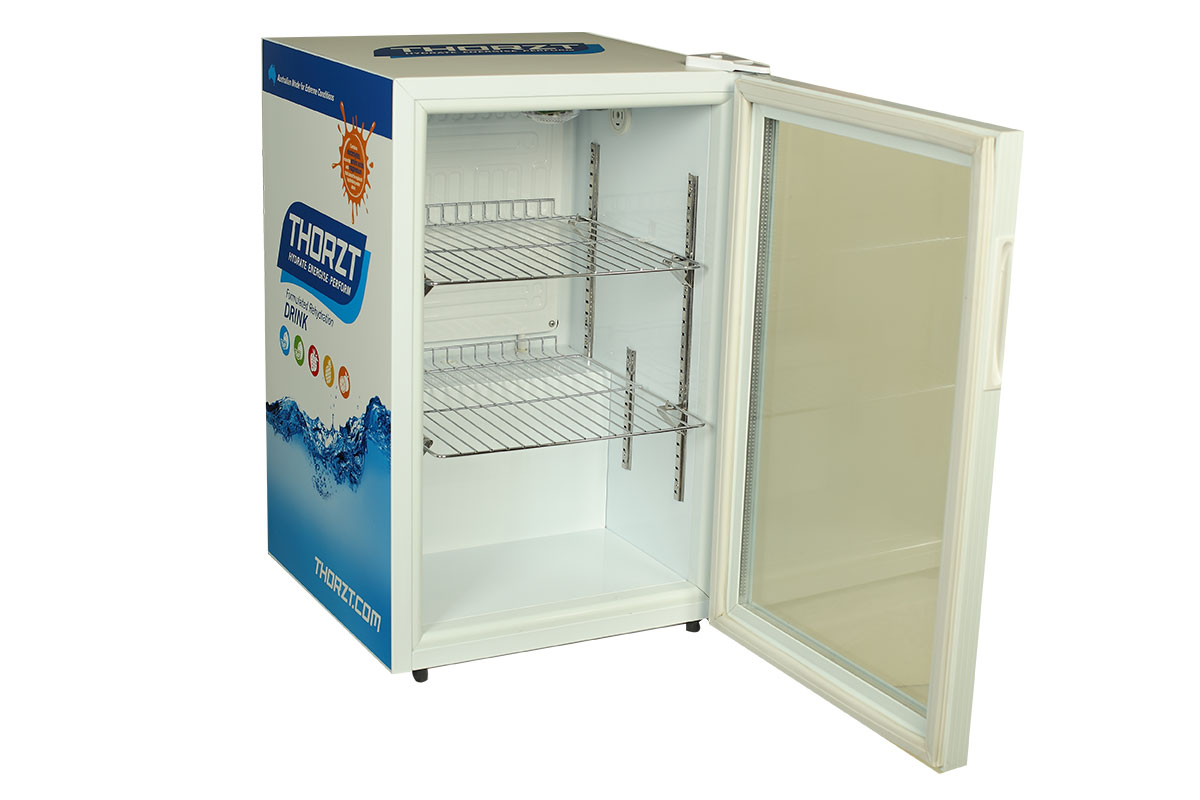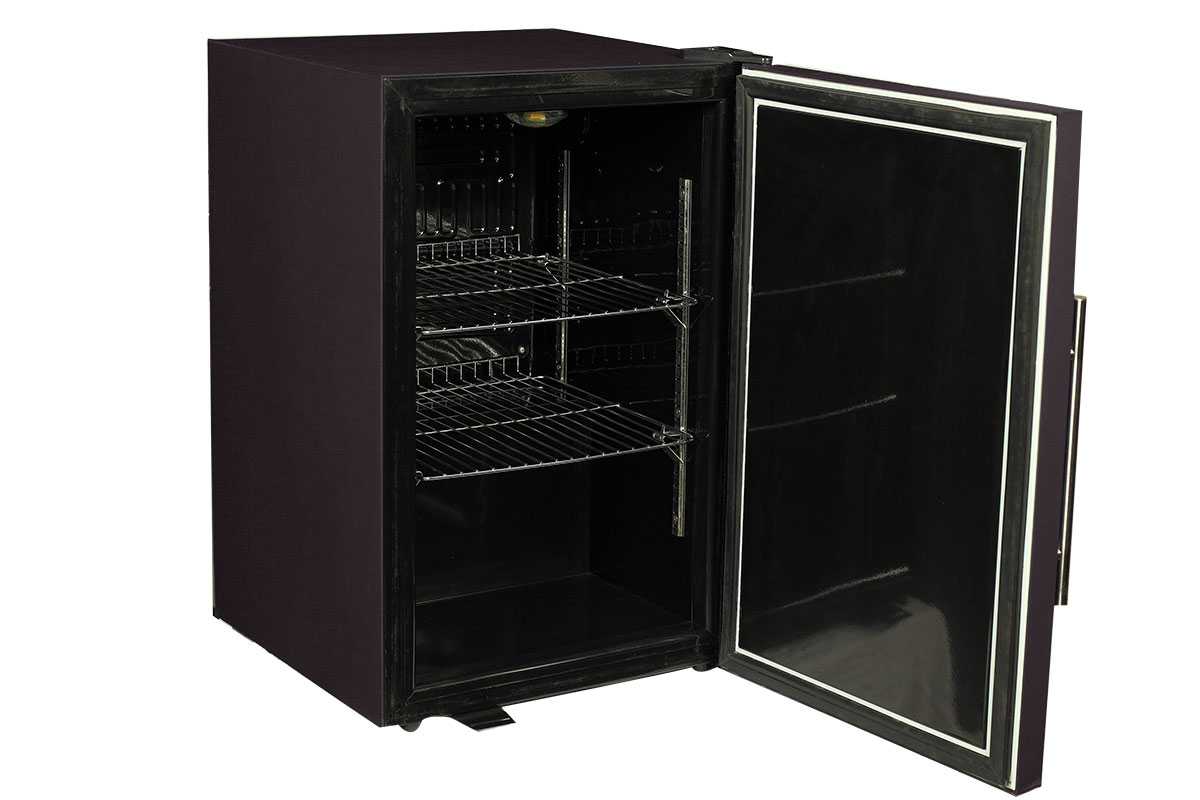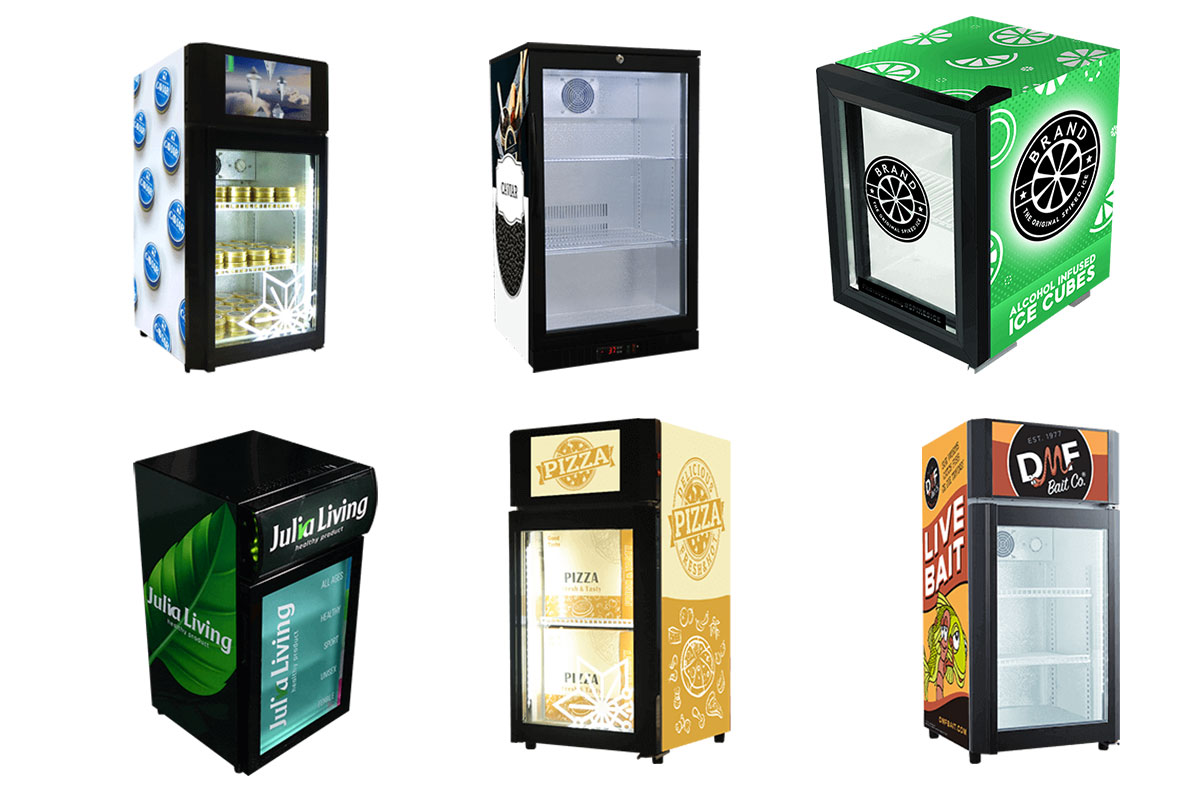The best mini drinks cabinets should be selected based on three key aspects: aesthetic design, power consumption, and fundamental performance. Primarily catering to specific user groups, they are designed for compact environments such as vehicles, bedrooms, or bar counters. Particularly popular across many European and American regions, they prioritise compact dimensions for portability alongside customisable exterior features.
Regarding power consumption, mini refrigerators employ compact compressors and LED lighting. With typical capacities ranging from 21 to 60 litres, core power consumption generally falls between 30 and 100 watts (W). As these units are not intended for frequent door openings like commercial refrigerators, power usage typically hovers around 100W. Lighting consumption is minimal due to the use of energy-efficient LEDs, which are not only gentle on the eyes but also boast extended lifespans.
Design variations include display-focused models for beverages like cola, featuring glass doors and slim bezels. These can be wallpapered or customised with additional decorations, though costs rise with design complexity. Alternatively, models incorporate branded display areas – either static or LCD-based – tailored to individual or commercial preferences.
Naturally, fundamental beverage cabinet performance encompasses three aspects: refrigeration efficiency, load-bearing capacity, and safety/durability. For instance, a temperature range of 2-8°C is considered optimal; deviations beyond this range indicate substandard performance. This may stem from inaccurate thermostat calibration, subpar compressor functionality, or refrigerant issues – all necessitating resolution of the cooling problem.
Secondly, load capacity: a typical 60L compact refrigerator can accommodate beverages as follows:
(1) Mainstream bottled beverages (500-600ml)
With a single bottle diameter of approximately 6-7cm and height of 20-25cm, each horizontal row can hold 4-5 bottles. Vertically (assuming a common cabinet height of 80-100cm with 2-3 tiers), each tier can accommodate 2-3 rows, yielding approximately 8–15 bottles per tier. Overall capacity ranges from 15–40 bottles (potentially approaching 45 bottles when tightly packed without complex dividers).
(2) Canned beverages (330ml)
Each can measures approximately 6.6cm in diameter and 12cm in height, offering higher space utilisation. Each tier can densely accommodate 8-10 rows (5-6 cans per row), with a single tier holding approximately 40-60 cans. Two to three tiers combined can hold 80-150 cans (practically around 100-120 cans when accounting for partitioning).
(3) Large-bottle beverages (1.5–2L)
Each bottle measures approximately 10–12cm in diameter and 30–35cm in height, occupying substantial space. Horizontally, only 2–3 bottles fit per row, while vertically, typically only one tier is feasible (due to height constraints). Overall capacity ranges from 5–10 bottles (flexible adjustment possible when combined with a small number of smaller bottles).
The safety and durability of beverage cabinets primarily manifest in their core structure, protective design, and operational adaptability, which can be analysed from the following aspects:
(1) Safety Analysis
Firstly, they incorporate overload protection and earth leakage circuit breakers. Power cables utilise flame-retardant materials to prevent electric shock or fire hazards from short circuits or leakage. Internal circuitry is laid out to standard specifications, preventing condensation from contacting circuits and causing malfunctions.
Secondly, cabinet edges and corners feature rounded profiles to prevent collision injuries. Glass doors utilise tempered glass, which shatters into small, blunt fragments to minimise injury risk. Certain models incorporate child safety locks to prevent accidental opening, item spillage, or children’s exposure to cold surfaces.
Thirdly, environmentally friendly refrigerants with zero leakage risk are employed, preventing contamination of beverages or health hazards. The precise temperature control system prevents freezing damage to drinks (such as carbonated beverages) from excessively low temperatures, or spoilage from overheating.
(2) Durability Analysis of Materials
Exteriors predominantly utilise cold-rolled steel plates with anti-corrosion coating to resist oxidation and corrosion (particularly suited to humid environments like convenience stores and food service areas). Interior linings employ food-grade polypropylene (PP) or stainless steel, offering low-temperature resistance and impact resilience, with minimal deformation from prolonged condensation exposure.
The compressor, as the core component, employs high-stability models supporting extended continuous operation to minimise failure probability. Evaporators and condensers employ high-efficiency heat dissipation materials, minimising frost accumulation and blockages to extend the refrigeration system’s lifespan.
Structural integrity: Shelving designs distribute weight evenly, withstanding multiple beverage bottles without bending; metal door hinges resist loosening from repeated use, while durable sealing strips maintain airtightness. This reduces cold air loss, lowers compressor load, and indirectly enhances longevity.
Consequently, selecting commercial beverage cabinets requires consideration not only of power consumption and aesthetics, but also prioritising safety and durability. Currently, glass-door supermarket beverage cabinets account for 50% of market sales, while other models hold 40%.
Post time: Oct-20-2025 Views:



